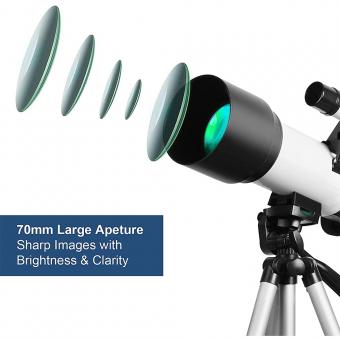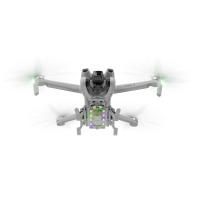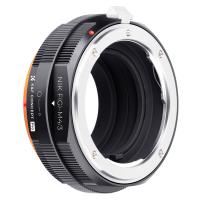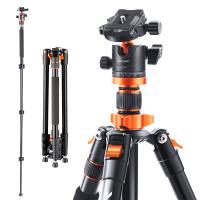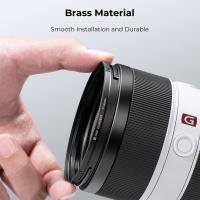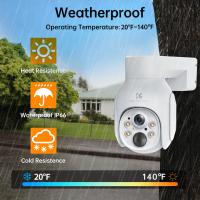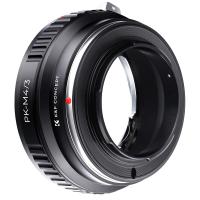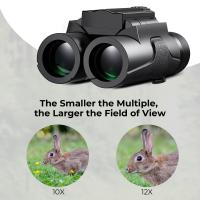How To Draw A Microscope Easy ?
To draw a microscope easily, start by drawing a rectangular shape for the base. Then, draw a vertical line in the middle of the base to represent the microscope's stand. Next, draw a smaller rectangle on top of the stand to create the body of the microscope. Add a circular shape at the top of the body to represent the eyepiece. Draw two curved lines extending from the body to create the arms of the microscope. At the end of each arm, draw a circular shape to represent the objective lenses. Finally, add details such as knobs and buttons to the body and arms to complete the drawing.
1、 Basic Parts of a Microscope
How to draw a microscope easy:
Drawing a microscope can be a fun and educational activity. Here is a step-by-step guide on how to draw a microscope easily:
1. Start by drawing a rectangular shape for the base of the microscope. Make sure the corners are rounded to give it a more realistic look.
2. Draw a vertical line in the middle of the base to represent the microscope's stand. Add two small rectangles on each side of the line to create the adjustment knobs.
3. On top of the stand, draw a horizontal rectangle for the stage of the microscope. Add two small circles on each side of the stage to represent the clips that hold the specimen in place.
4. Above the stage, draw a long, thin rectangle for the arm of the microscope. Make sure it is slightly curved to give it a more three-dimensional look.
5. At the top of the arm, draw a circular shape for the head of the microscope. Add two small rectangles on each side of the head to represent the eyepieces.
6. Inside the head, draw a smaller circle for the objective lens. You can also add a few lines to show the lens' curvature.
7. Finally, add some details to your microscope, such as buttons, labels, and shading to make it look more realistic.
Basic Parts of a Microscope:
A microscope is an essential tool used in scientific research and education. Understanding its basic parts is crucial for using it effectively. Here are the main components of a microscope:
1. Eyepiece: Also known as the ocular lens, the eyepiece is the part where you look through to observe the specimen. It usually provides a magnification of 10x.
2. Objective lenses: These are the lenses located on the revolving nosepiece, just below the eyepiece. They come in different magnifications, such as 4x, 10x, 40x, and 100x, and are used to further magnify the specimen.
3. Stage: The stage is the flat platform where the specimen is placed for observation. It often has clips to hold the specimen in place.
4. Condenser: The condenser is located beneath the stage and helps focus the light onto the specimen. It can be adjusted to control the amount of light passing through.
5. Diaphragm: The diaphragm is a disk-like structure located beneath the stage and above the condenser. It controls the amount of light passing through the specimen.
6. Coarse and fine adjustment knobs: These knobs are used to focus the microscope. The coarse adjustment knob is used for initial focusing, while the fine adjustment knob is used for precise focusing.
7. Base and arm: The base is the bottom part of the microscope that provides stability, while the arm connects the base to the head and holds the various components together.
It is important to note that microscope designs may vary slightly depending on the type and model. However, these are the basic parts that are common to most microscopes.
In recent years, there have been advancements in microscope technology, such as the development of digital microscopes that allow for easier image capture and analysis. Additionally, there has been a growing interest in portable and handheld microscopes, making microscopy more accessible in various fields, including medicine, biology, and materials science.
Drawing a microscope and understanding its basic parts can be a great way to learn about this important scientific tool.
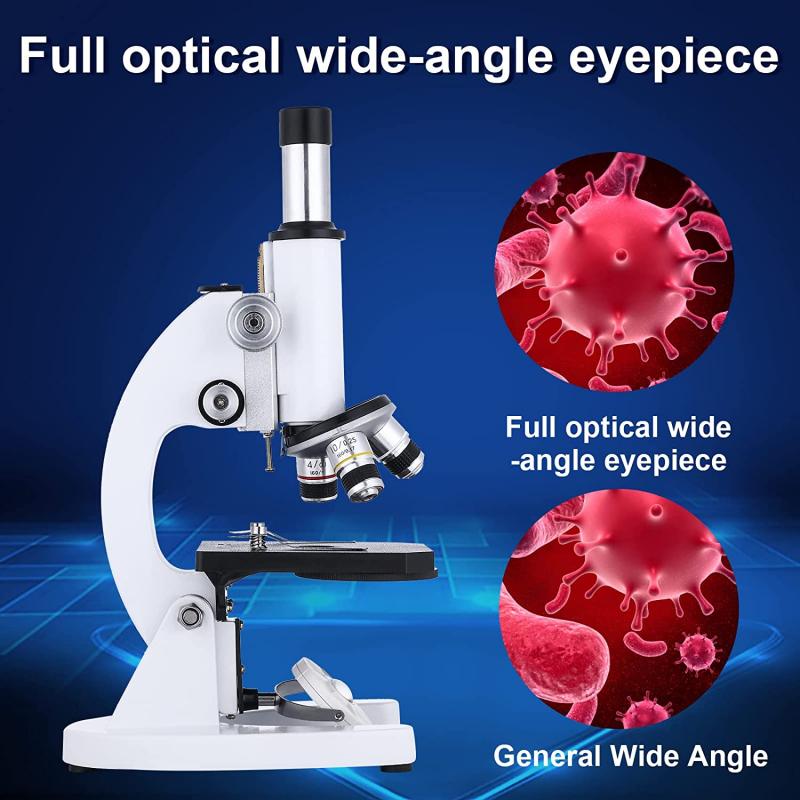
2、 Setting Up a Microscope
Drawing a microscope can be a fun and educational activity. Here is a step-by-step guide on how to draw a microscope easily:
1. Start by drawing a rectangular shape for the base of the microscope. Make sure the sides are straight and parallel.
2. Draw two vertical lines extending upwards from the base to create the microscope's body. These lines should be slightly curved towards each other at the top.
3. Add a circular shape at the top of the body to represent the eyepiece. This is where the viewer looks through to observe the specimen.
4. Draw a smaller circle inside the eyepiece to represent the lens. This is where the viewer's eye is placed.
5. Next, draw a horizontal line extending from the body to the right. This will be the arm of the microscope.
6. At the end of the arm, draw a circular shape to represent the revolving nosepiece. This is where the objective lenses are attached.
7. Draw three small circles on the revolving nosepiece to represent the objective lenses. These lenses can be different magnifications, such as 4x, 10x, and 40x.
8. Finally, add some details to the base and body of the microscope, such as buttons or knobs for adjusting focus and lighting.
Remember, this is a simplified representation of a microscope, and the actual design may vary depending on the specific model. It's always a good idea to refer to reference images or actual microscopes for more accuracy.
In terms of the latest point of view, microscopes have evolved significantly over the years. With advancements in technology, we now have digital microscopes that can capture and display images on a computer screen. These microscopes often come with built-in cameras and software for image analysis. Additionally, there are portable and handheld microscopes available, making it easier to observe specimens in the field. These advancements have made microscopy more accessible and convenient for various applications, from scientific research to educational purposes.

3、 Adjusting the Focus
How to draw a microscope easy:
Drawing a microscope can be a fun and educational activity. Here is a step-by-step guide on how to draw a microscope easily:
1. Start by drawing a rectangular shape for the base of the microscope. Make sure the sides are straight and parallel.
2. Draw two vertical lines extending upwards from the base to create the microscope's body. These lines should be slightly curved towards each other at the top.
3. Add a circular shape at the top of the body to represent the eyepiece. This is where the viewer looks through to see the magnified image.
4. Draw a smaller circle inside the eyepiece to represent the lens. This is the part that magnifies the image.
5. On the side of the body, draw a rectangular shape for the stage. This is where the specimen is placed for observation.
6. Add two thin, vertical lines on either side of the stage to represent the focusing knobs. These knobs are used to adjust the focus of the microscope.
7. Draw a curved shape connecting the body and the stage to represent the arm of the microscope. This adds stability to the structure.
8. Finally, add details such as screws, buttons, and labels to make the microscope look more realistic.
Adjusting the Focus:
To adjust the focus of a microscope, follow these steps:
1. Start by placing the specimen on the stage of the microscope.
2. Look through the eyepiece and adjust the distance between your eyes and the eyepiece until you see a clear image.
3. Use the coarse focus knob, usually located on the side of the microscope, to make large adjustments to the focus. Turn the knob clockwise to move the stage upwards and counter-clockwise to move it downwards.
4. Once you have a rough focus, use the fine focus knob, usually located on the same side as the coarse focus knob, to make small adjustments. This will help you achieve a sharper image.
5. Keep adjusting the focus until you have a clear and magnified view of the specimen.
It is important to note that different microscopes may have slightly different mechanisms for adjusting the focus. Therefore, it is always a good idea to refer to the specific instructions provided with your microscope.
In conclusion, drawing a microscope can be a simple and enjoyable task. By following the steps outlined above, you can create a basic representation of a microscope. Additionally, understanding how to adjust the focus of a microscope is crucial for obtaining clear and detailed images of specimens.
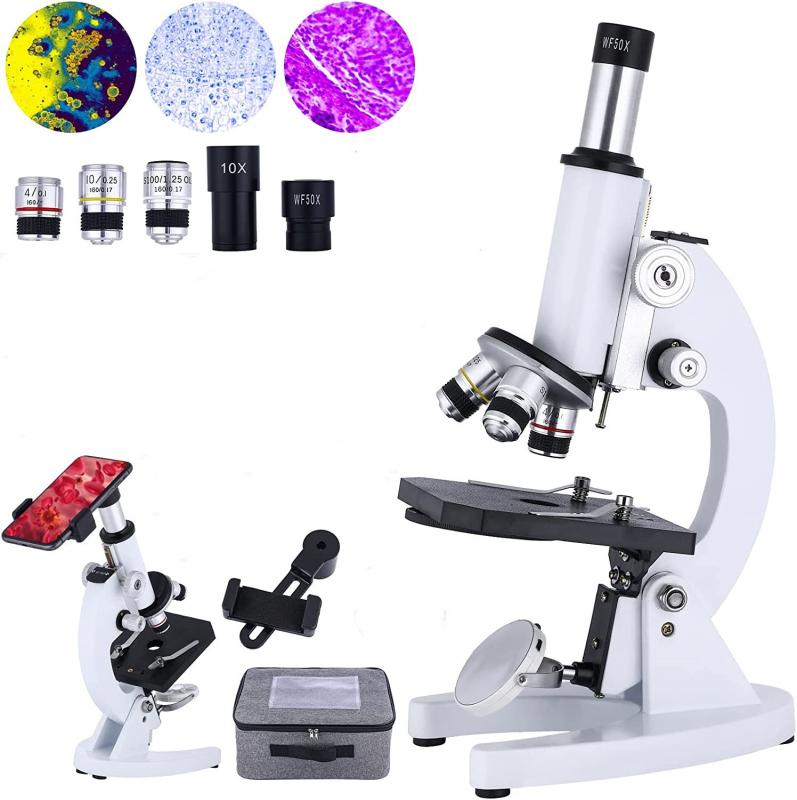
4、 Drawing Microscopic Specimens
Drawing a microscope can be a challenging task, but with a few simple steps, you can create a realistic and easy-to-draw representation. Here's a step-by-step guide on how to draw a microscope:
1. Start by drawing a rectangular shape for the base of the microscope. Add two vertical lines on either side of the base to create the support pillars.
2. Draw a smaller rectangle on top of the base to represent the stage of the microscope. Add a circular shape on top of the stage for the revolving nosepiece.
3. Next, draw the eyepiece tube by creating a long, thin rectangle extending from the top of the microscope. Add a small circle at the end of the tube for the eyepiece lens.
4. Draw the objective lenses by adding three or four small circles on the revolving nosepiece. These lenses are used to magnify the specimen.
5. Add the focusing knobs on either side of the microscope. These knobs are used to adjust the focus of the lenses.
6. Finally, add any additional details such as labels or markings on the microscope to enhance its realism.
Drawing microscopic specimens can be a fascinating and educational experience. It allows us to observe and appreciate the intricate details of the microscopic world. When drawing microscopic specimens, it is important to pay attention to the fine details and textures. Use shading and cross-hatching techniques to create depth and dimension in your drawings. Additionally, consider using different colors or shading techniques to represent different types of cells or organisms. Remember, practice makes perfect, so keep experimenting and refining your drawing skills to capture the beauty of microscopic specimens.


















